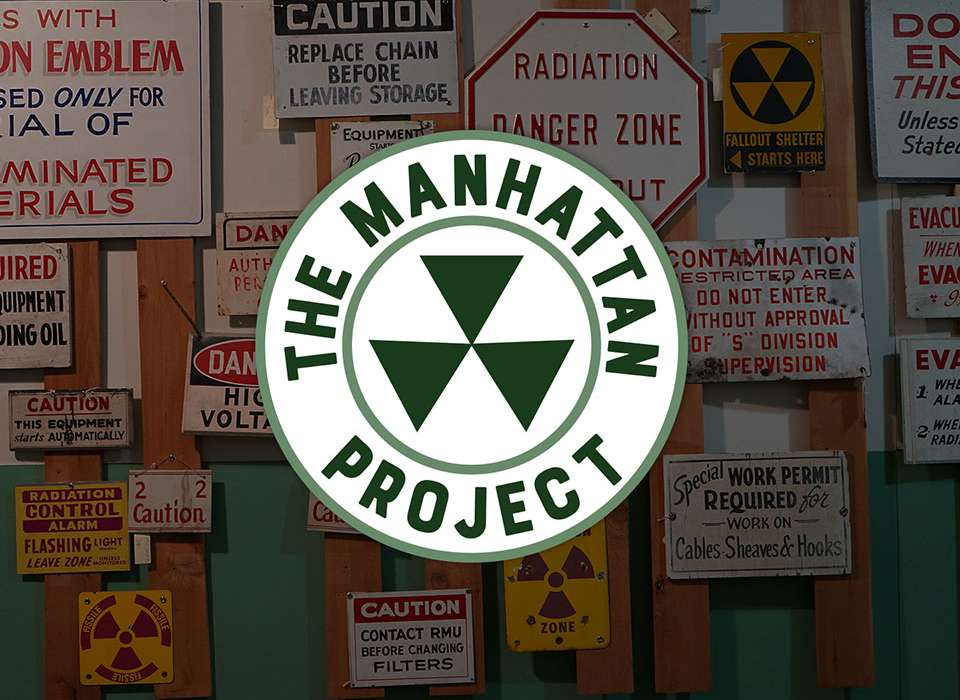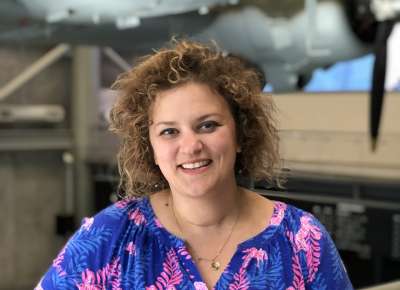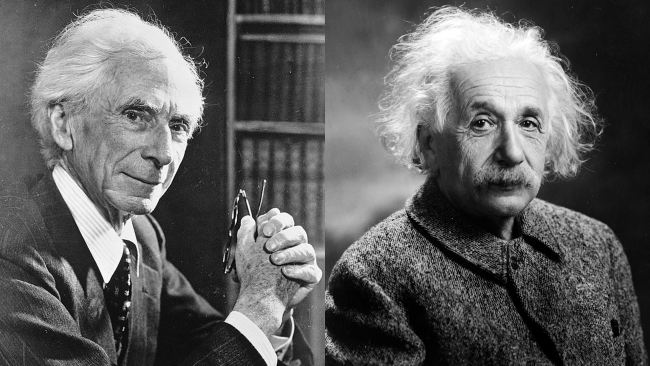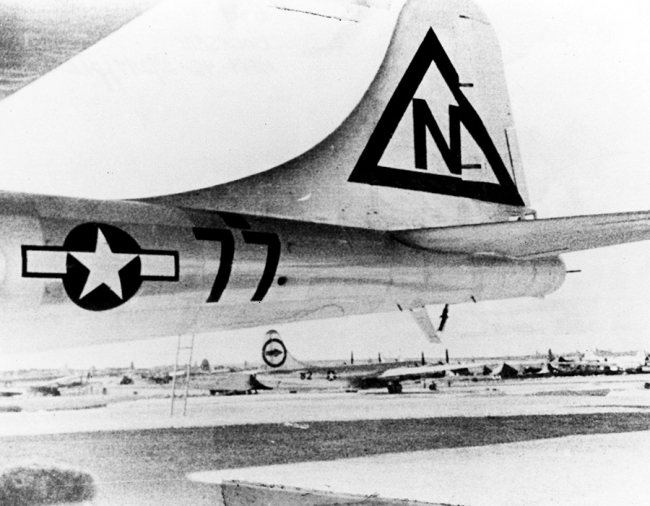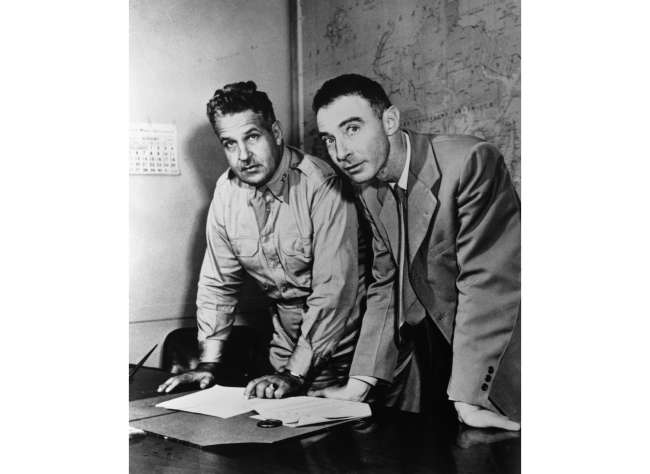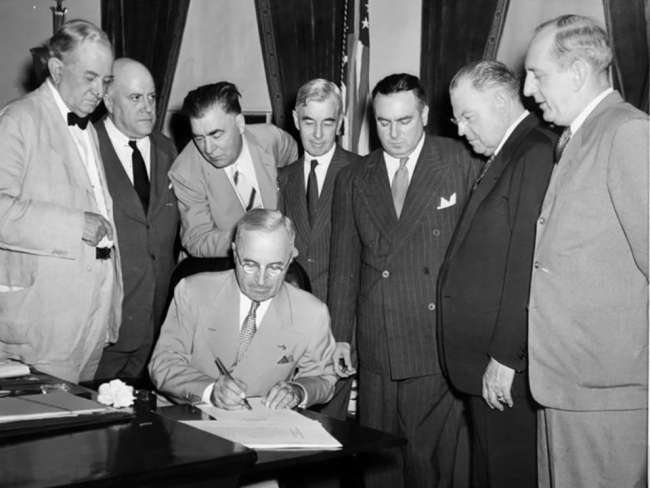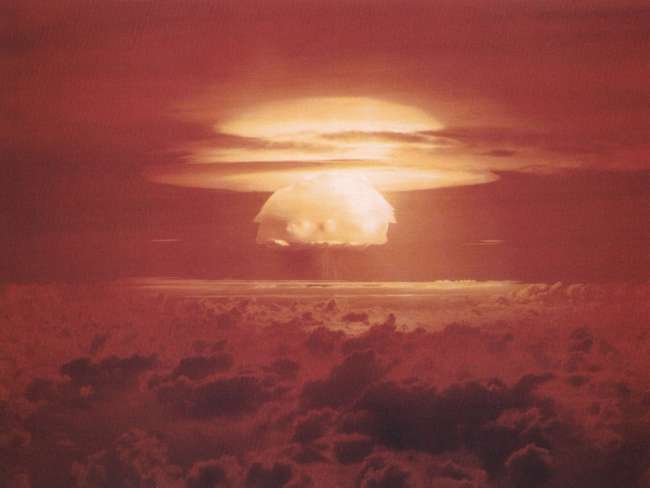In February 2020, the Museum debuted its Manhattan Project Electronic Field Trip. Streaming into classrooms in all 50 states with over 83,000 students tuning in, viewers explored the Museum and important Manhattan Project sites through the eyes of student reporters and experts. These sites included the B Reactor in Hanford, Washington, Los Alamos National Laboratory, and the Trinity site in New Mexico.
Students were not just sitting and watching during the webcast, but could ask questions of our host, Dee-1, nuclear research professor, Sharon Squassoni, and Museum educators. And students were definitely curious! With over 2,000 questions posed, we couldn’t answer them all!
We’ve compiled the most-commonly asked questions (and their answers!) during the Electronic Field Trip from our inquisitive young audience.
1. Did anyone who worked on the Manhattan Project get hurt or die during manufacturing or testing?
Yes. There were a few incidences that resulted in injury or death during the development of the atomic bomb.
The first major accident came in September of 1944 at the Philadelphia Navy Yard, where three men were attempting to fix a clogged tube containing liquid uranium hexafluoride. Unexpectedly, the tube exploded, causing a huge blast in the liquid thermal diffusion transfer room, killing two of the three men and sending uranium hexafluoride into the air. The USS Wisconsin [Italics] battleship was stationed near the semi-works, and sailors on the ship were not alerted that were exposed to this toxic cloud.
After the dropping of the bombs on Hiroshima and Nagasaki, work on the Manhattan Project continued well into 1946. Two scientists, Harry Daghlian and Louis Slotin were killed in separate criticality experiments during this time period, when both were exposed by accident to lethal doses of radiation. The deaths of Daghlian and Slotin led to enactment of new health and safety measures at the lab for the years to come.
2. Does radiation still exist at the Trinity site?
According to White Sands Missile Range (WSMR), formerly the Trinity test site, very low levels of radiation still exist at the site. Civilians can only visit twice a year during open houses that usually take place in April and October.
WSMR estimates that an individual would be exposed to about ½ of a millirem of radiation by spending an hour at the site. In comparison, the American Nuclear Society estimates we receive between 26 and 96 millirems every year from the sun’s exposure. The green glass-like byproduct of the test, Trinitite, also emits radiation. Listen to Professor Squassoni’s explanation during the Electronic Field Trip if trinitite is safe to touch.
3. Why were uranium and plutonium used as fuel for the bombs?
Uranium and plutonium are both large and unstable elements, two factors that make fission, or splitting of the nucleus of an atom, easier and more likely. However, certain isotopes of uranium and plutonium are best suited for fission, U-235 and P-239. These isotopes are highly unstable, ensuring that in the right environment their nuclei will split and emit neutrons that will then cause the atoms around them to also split. What’s an isotope? Check out the answer from Rob and Julia in the Electronic Field Trip.
4. Were displaced people compensated when the Manhattan Project sites were constructed?
It depends. Generally, people were compensated, but the majority of the time their property was appraised at a much lower value than its actual worth. In some cases, people appealed the amount they were given and later settled with the government to receive an additional sum.
Hispano homesteaders in Los Alamos were paid very little for their land. In 2004, Congress allocated 10 million dollars to the surviving homesteaders and their family members to compensate for the low payments or no payments at all to relocate.
At the Hanford site, American Indians tribes like the Yakima, Nez Perce, and Umatilla used the area surrounding the Columbia River for hunting, fishing, and wintering grounds. The Wanapum were permanent residents. They received no financial compensation from the government for their eviction from the site. The Wanapum chief arranged site visitation with the Manhattan Project officials, although they weren’t always guaranteed until the state Supreme Court ruled in favor of American Indian fishing rights in 1957.
5. How close was Nazi Germany to producing an atomic bomb?
Not as close as the US government initially feared. Worries of Germany developing and possessing a nuclear weapon provided a major impetus for the federal government to green light the Manhattan Project. Watch here for more detail on Einstein’s warning letter to FDR about the potential Germany capability to develop an atomic bomb.
Several factors led to Germany’s early investigation into nuclear weapons production to fizzle out. Many scientists who were Europe’s brightest minds at the time escaped from Nazi controlled territory, refused to work on the development of the bomb, or emigrated to the United States and even worked on the Manhattan Project. There was never a fully-coordinated effort between the German government, military, and their scientific community develop a weapon. Germany invested in using less-effective heavy water, not graphite, to moderate reactions. As the war continued, Germany’s industrial capacity became increasingly limited, and resources were allocated away from the project in order to keep Germany fighting in the war.
Be sure to tune into the entire archived broadcast for answers to even more student questions or search #mpeft on Twitter to check out conversation. Additional curriculum materials are also available to extend the lesson of the Electronic Field Trip in your classroom.
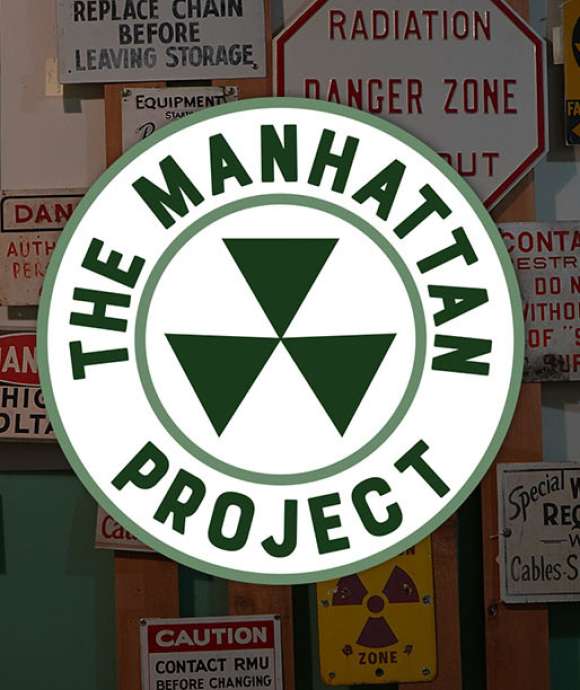
Electronic Field Trips
View more cross-country WWII explorations that you can stream right from your device.
Chrissy Gregg
Cite this article:
MLA Citation:
APA Citation:
Chicago Style Citation:
